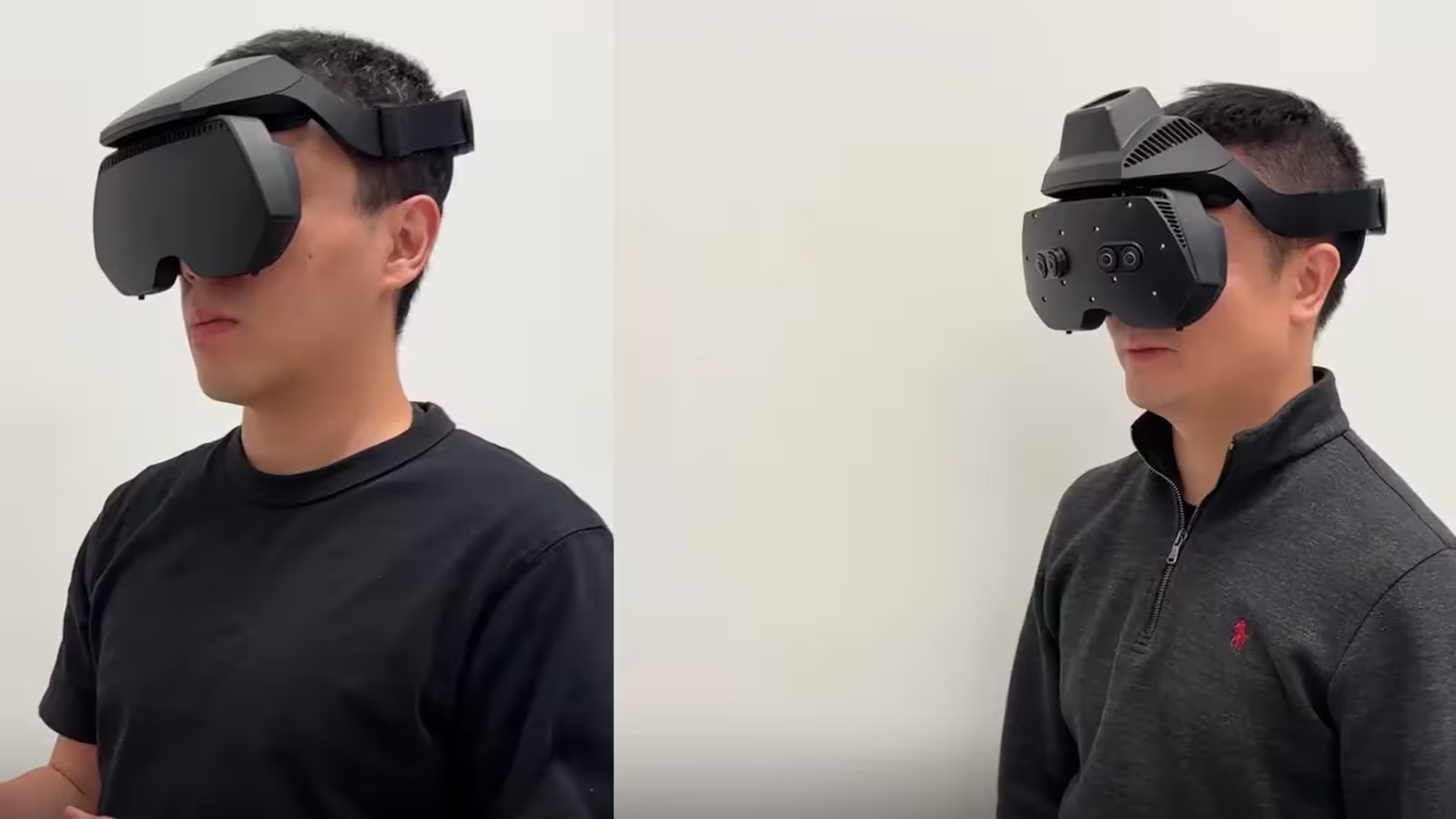3 Minutes
Meta’s Next-Gen VR Headsets Redefine Field of View and Comfort
Meta has taken a major leap forward in virtual reality hardware, revealing prototype VR headsets that deliver a dramatically wider field of view (FOV) while boasting a smaller, lighter form factor. Developed by the company’s acclaimed Reality Labs division, these innovative devices could mark a turning point in VR headset design, addressing the comfort and immersion concerns faced by users of current models.
Product Features: Massive Field of View in a Compact Frame
One of the standout advancements of Meta’s latest headsets is their extraordinary FOV. While the highly-regarded Meta Quest 3 offers a horizontal FOV of just 104 degrees — a far cry from natural human vision’s 200-220 degrees — these new prototypes push the boundary with a 180-degree FOV. This wider perspective has the potential to revolutionize immersion in VR gaming, entertainment, and professional applications, taking the virtual experience closer to real life.
Despite their impressive capability, the new headsets shed much of the bulk associated with high-FOV VR devices. Instead, Meta's designs resemble large, streamlined goggles rather than the traditional, heavier headsets. This lightweight approach fosters greater comfort, making extended VR sessions more enjoyable and less fatiguing for users.
Technology Comparisons: Setting New Benchmarks in the VR Market
The VR industry has seen other headsets with ultra-wide FOVs, such as Pimax devices, but these have typically traded ergonomics for expanded views, resulting in even bulkier designs than mainstream headsets. Meta’s prototypes bridge the gap, offering an enticing middle ground between full-fledged VR headsets and emerging AR glasses. This innovation is especially relevant as the industry is increasingly focused on lightweight, versatile wearables.
Market Relevance and Future Potential
These developments come as competition in the mixed-reality space intensifies. Meta recently showcased its Orion AR glasses prototype, a concept device aimed at eventually supplanting the smartphone. Rivalries are heating up, with Apple investing heavily in consumer-grade AR and VR wearables, including the Vision Pro, led by CEO Tim Cook’s determined vision.
While AR glasses that match the performance of high-end VR headsets like the Quest 3 and Apple Vision Pro remain costly and technically challenging to achieve, Meta’s compact VR prototypes represent a pragmatic step forward. By focusing research and investment in this direction, Meta could bridge the current gap between immersive VR and everyday wearable tech, paving the way for future mainstream adoption.
Use Cases and Advantages for the Next-Gen Headsets
These upcoming prototypes are poised to make VR more accessible to newcomers by minimizing hardware intimidation and maximizing user comfort. Enhanced FOV makes virtual worlds more convincing and gameplay more engaging, benefiting not just gamers but professionals in design, simulation, education, and beyond. The compact profile could catalyze broader use, fostering industry growth and spurring innovative VR and AR experiences across sectors.
Meta’s ongoing hardware evolution suggests that the next generation — possibly the Meta Quest 4 — will be both more immersive and more wearable than ever before, cementing Meta’s leadership in the rapidly advancing realm of virtual and augmented reality.
Source: phonearena



Comments